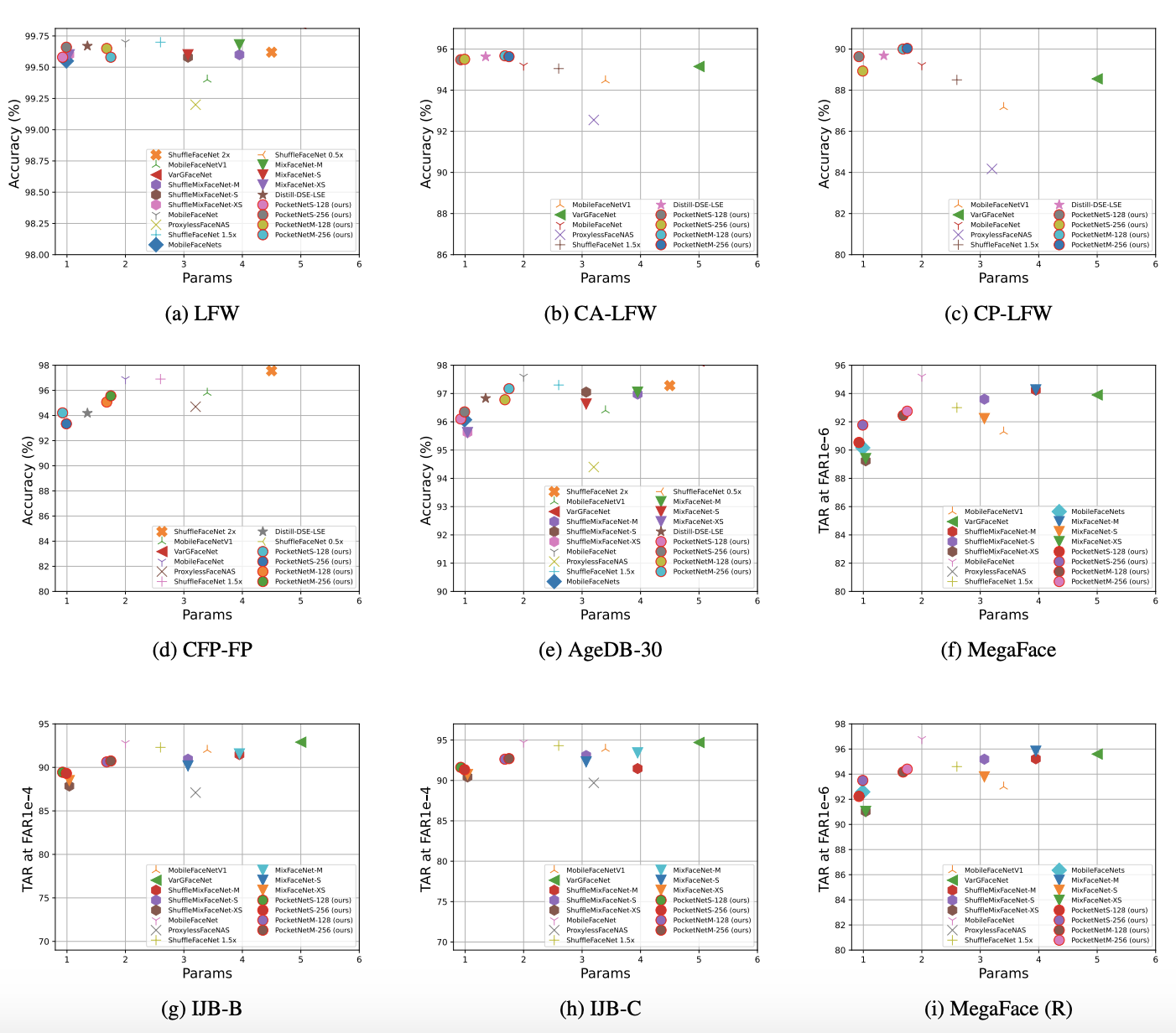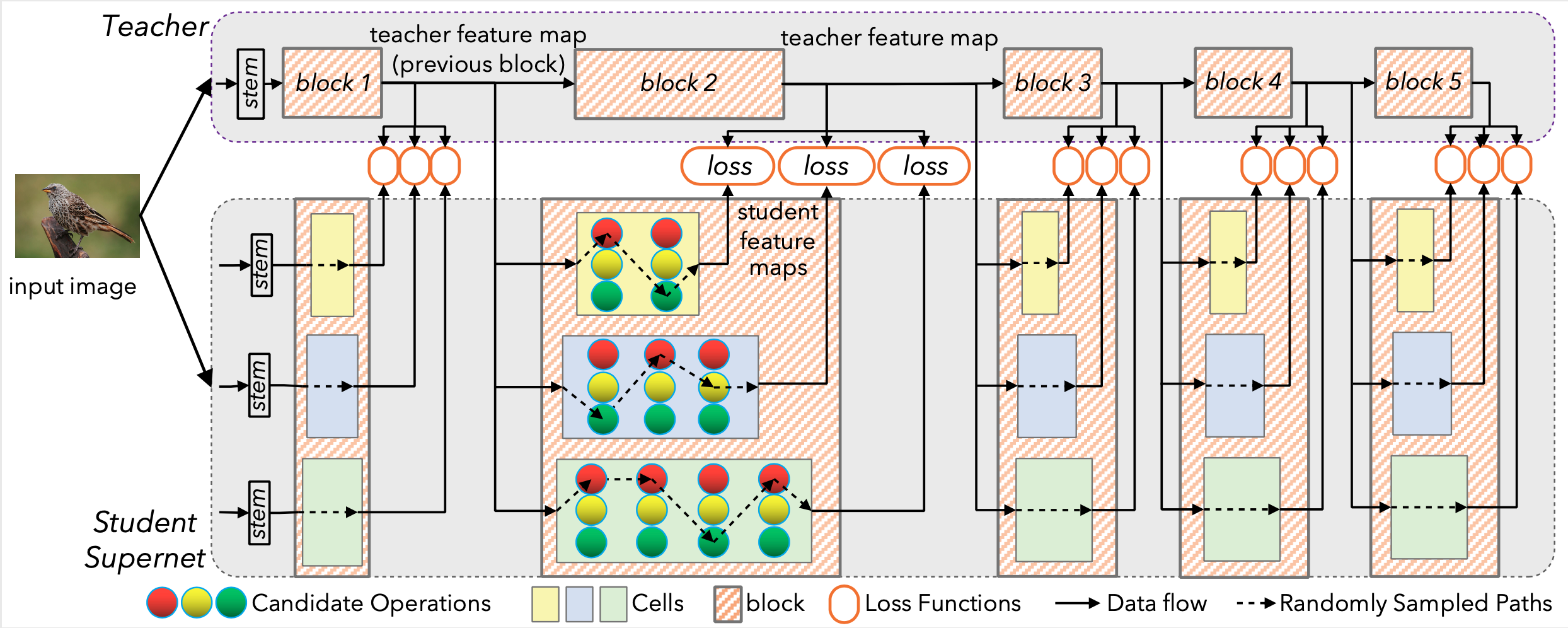configaformers (re-factor in progress)
A python library for highly configurable transformers - easing model architecture search and experimentation. It is premised on building small and independent modules that enables users to configure custom transformer architectures.
Special thanks to lucidrains (https://github.com/lucidrains) and Kharr.
Usage
Quick demo that will configure a 768-wide, 12-layer transformer, with a language modeling head.
Import, and create token embedding block:
import torch
from model_builder import ConfigaFormer
emb = []
model_dim = 768
emb.append({'type': 'embedding',
'output_dim': model_dim,
'num_classes': 50257})
Create self-attention module:
attn = []
# Make residual and norm
attn.append({'type': 'make_stream', 'output_name': 'residual'})
attn.append({'type': 'norm', 'norm_type': 'layer_norm'})
# Make QKVs
attn.append({'type': 'linear', 'output_name': 'queries'})
attn.append({'type': 'linear', 'output_name': 'keys'})
attn.append({'type': 'linear', 'output_name': 'values'})
attn.append({'type': 'make_heads', 'input_name': 'queries', 'output_name': 'queries', 'num_heads': 12})
attn.append({'type': 'make_heads', 'input_name': 'keys', 'output_name': 'keys', 'num_heads': 12})
attn.append({'type': 'rope', 'input_name': 'queries', 'output_name': 'queries', 'rotate_dim': 16})
attn.append({'type': 'rope', 'input_name': 'keys', 'output_name': 'keys', 'rotate_dim': 16})
# Perform attention
attn.append({'type': 'mha_dots',
'input_name_queries': 'queries',
'input_name_keys': 'keys'})
attn.append({'type': 'attention_offset'})
attn.append({'type': 'mha_sum',
'input_name_values': 'values'})
# Mix
attn.append({'type': 'linear'})
# Add residual
attn.append({'type': 'merge_streams',
'input_name_1': 'residual',
'merge_type': 'add'})
Create FFN module:
ffn = []
# Make residual and norm
ffn.append({'type': 'make_stream', 'output_name': 'residual'})
ffn.append({'type': 'norm', 'norm_type': 'layer_norm'})
# Proj Up
ffn.append({'type': 'linear', 'output_dim': 768*4})
# Activation
ffn.append({'type': 'activation'})
# Proj Down
ffn.append({'type': 'linear', 'output_dim': 768})
# Add residual
ffn.append({'type': 'merge_streams',
'input_name_1': 'residual',
'merge_type': 'add'})
Create language modeling head:
to_logits = []
to_logits.append({'type': 'linear', 'output_dim': 50257})
Create blocks, initialize input shapes, and init the model:
transformer_block = attn + ffn
classifier = ffn + to_logits
blocks = [{"config": emb,
"repeat": 1},
{"config": transformer_block,
"repeat": 12},
{"config": classifier,
"repeat": 1},
]
my_config = {'blocks' = blocks}
input_streams = {'emb_ids': ['B', 'L_in'],
'attn_offset': ['B', 12, 'L_in', 'L_in'],}
model = ConfigaFormer(model_config=my_config,
input_streams=input_streams).cuda()
This will print out the transformer config:
Block #1, 1x
embedding -> Input(s): emb_ids (BSZ, L_in) - Output(s): x (BSZ, L_in, 768)
Block #2, 12x
make_stream -> Input(s): x (BSZ, L_in, 768) - Output(s): residual (BSZ, L_in, 768)
norm -> Input(s): x (BSZ, L_in, 768) - Output(s): x (BSZ, L_in, 768)
linear -> Input(s): x (BSZ, L_in, 768) - Output(s): queries (BSZ, L_in, 768)
linear -> Input(s): x (BSZ, L_in, 768) - Output(s): keys (BSZ, L_in, 768)
linear -> Input(s): x (BSZ, L_in, 768) - Output(s): values (BSZ, L_in, 768)
make_heads -> Input(s): queries (BSZ, L_in, 768) - Output(s): queries (BSZ, 12, L_in, 64)
make_heads -> Input(s): keys (BSZ, L_in, 768) - Output(s): keys (BSZ, 12, L_in, 64)
rope -> Input(s): queries (BSZ, 12, L_in, 64), rope_16 (2048, 16) - Output(s): queries (BSZ, 12, L_in, 64)
rope -> Input(s): keys (BSZ, 12, L_in, 64), rope_16 (2048, 16) - Output(s): keys (BSZ, 12, L_in, 64)
mha_dots -> Input(s): queries (BSZ, 12, L_in, 64), keys (BSZ, 12, L_in, 64) - Output(s): attn_dots (BSZ, 12, L_in, L_in)
attention_offset -> Input(s): attn_dots (BSZ, 12, L_in, L_in), attn_offset (BSZ, 12, L_in, L_in) - Output(s): attn_dots (BSZ, 12, L_in, L_in)
mha_sum -> Input(s): values (BSZ, L_in, 768), attn_dots (BSZ, 12, L_in, L_in) - Output(s): x (BSZ, L_in, 768)
linear -> Input(s): x (BSZ, L_in, 768) - Output(s): x (BSZ, L_in, 768)
merge_streams -> Input(s): residual (BSZ, L_in, 768), x (BSZ, L_in, 768) - Output(s): x (BSZ, L_in, 768)
make_stream -> Input(s): x (BSZ, L_in, 768) - Output(s): residual (BSZ, L_in, 768)
norm -> Input(s): x (BSZ, L_in, 768) - Output(s): x (BSZ, L_in, 768)
linear -> Input(s): x (BSZ, L_in, 768) - Output(s): x (BSZ, L_in, 3072)
activation -> Input(s): x (BSZ, L_in, 3072) - Output(s): x (BSZ, L_in, 3072)
linear -> Input(s): x (BSZ, L_in, 3072) - Output(s): x (BSZ, L_in, 768)
merge_streams -> Input(s): residual (BSZ, L_in, 768), x (BSZ, L_in, 768) - Output(s): x (BSZ, L_in, 768)
Block #3, 1x
make_stream -> Input(s): x (BSZ, L_in, 768) - Output(s): residual (BSZ, L_in, 768)
norm -> Input(s): x (BSZ, L_in, 768) - Output(s): x (BSZ, L_in, 768)
linear -> Input(s): x (BSZ, L_in, 768) - Output(s): x (BSZ, L_in, 3072)
activation -> Input(s): x (BSZ, L_in, 3072) - Output(s): x (BSZ, L_in, 3072)
linear -> Input(s): x (BSZ, L_in, 3072) - Output(s): x (BSZ, L_in, 768)
merge_streams -> Input(s): residual (BSZ, L_in, 768), x (BSZ, L_in, 768) - Output(s): x (BSZ, L_in, 768)
linear -> Input(s): x (BSZ, L_in, 768) - Output(s): x (BSZ, L_in, 50257)
Before running, we need to get the attention offset (in this case, AliBi with a causal mask):
from attention_offset_module import get_alibi
attn_offset = get_alibi(num_heads=12)
Now we can use the model:
input_data = {'emb_ids': batch_ids.view(bsz, 1024).cuda(),
'attn_offset': attn_offset.cuda()}
logits = model(input_data)['x'].view(bsz, 1024, 50257)
TODO
- Token shifting, down/up sampling
- Create higher abstractions for FFN and self-attention
- everything else



![[ICLR 2021] HW-NAS-Bench: Hardware-Aware Neural Architecture Search Benchmark](https://github.com/RICE-EIC/HW-NAS-Bench/raw/main/devices.jpg?raw=true)


